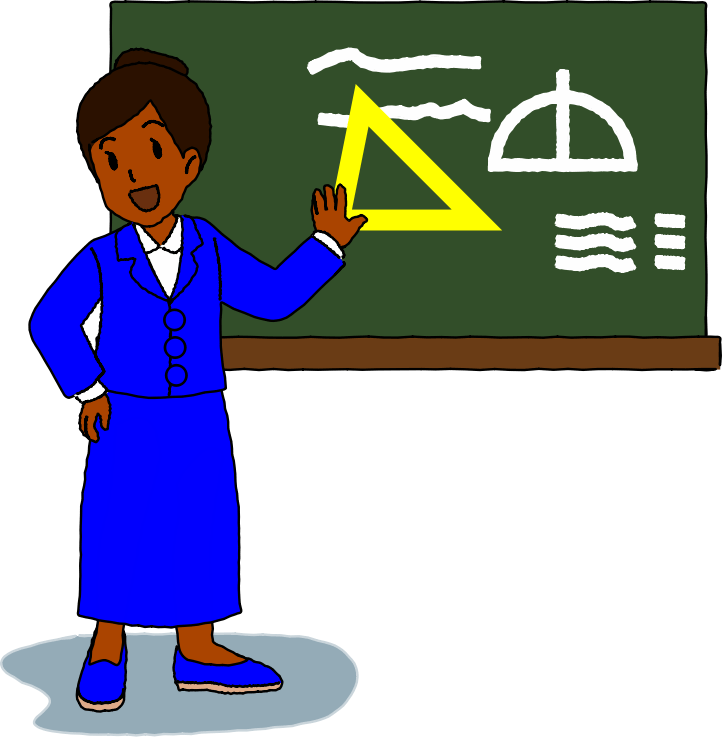Isn’t it hard learning about Space? Space concepts are counterintuitive, space objects are tricky or even impossible to see. And don’t even get me started about those huge space numbers.
No wonder kids mix up the space facts so often. We regularly hear that Saturn is the hottest planet, that there are billions of stars in the Solar System and that it takes one year for the Earth to revolve once on its axis.
The reason the children mix up space facts is that to them they are just.. well… facts! The kids memorize piece after piece of information without realizing how those facts are connected!
Of course, lots of information still has to be memorized. But whenever possible we should rely on reasoning when teaching the children about Space. If we show our pupils how to think scientifically, they will be able to repeat the same reasoning process over and over again. And come (hopefully) to the same conclusion. As a result, they will always have that knowledge with them. Whereas if they forget the fact they’ve memorized, it’s gone!
How do we know it? We love asking our visitors space questions! And quite often they impress us with deep knowledge and good understanding. We are so proud of our learners! Sometimes though, they get the answers wrong. And it is clear that they’ve learned the fact and then simply confused it with something else because that fact was not properly explained. What we like to do in this case, is to say “let’s think about it together” and carefully lay out all the information that leads to the right answer. It works brilliantly! When the kids figure out the answer, they feel as if they’ve just made an important astronomical discovery! Isn’t that the reason we get up every day in the morning?
Here are just a few (obvious but often overlooked) strategies and how we use them in our space dome shows and workshops. Try them at home or in the classroom!
Explain why
A few primary age groups, typically Year 1 and Year 5, learn about the Solar System. Most of our inflatable planetarium visitors already know that there are two kinds of planets in the Solar System: rocky planets, they are small and hot, and gas planets, they are big and cold. But when we ask pupils why the small planets are hot or why the gas planets are big, they often have no clue!
We argue that a better way to present the information from the start would be to briefly explain how the Solar System was formed. Let’s quickly rewind 4.5 billion years back and start with a huge spinning cloud of gas and dust. Then we can tell the whole story of how the Solar System came about and why it looks the way it does! The children will never mix up the basic facts about the planets again!
Show me how
The other way to help the pupils with their space learning is to illustrate the idea you are trying to explain. Charts, pictures and video clips are great, but experiments and demonstrations are even better!
For example, day and night is a surprisingly difficult concept to grasp for the young children (they usually first learn it in reception and year 1). We found an easy way to explain the idea to the kids. We call it “a ball, a torch and a legoman” demonstration! Stick legoman’s feet to the ball and shine your torch on it. It’s daytime! Now spin the ball 180 degrees so that the legoman is in the dark. It’s night time! The little ones love the demo. And they have no problem figuring out that it takes the legoman a day to turn all the way around! In comparison, the “understanding rate” in the same age group can be as low as 50% when pictures and videos are used during the lesson.
So let’s get creative! Let’s build models, draw pictures, show animations and explain, explain explain how the space stuff works and why it works the way it does!
How do you teach about space?

